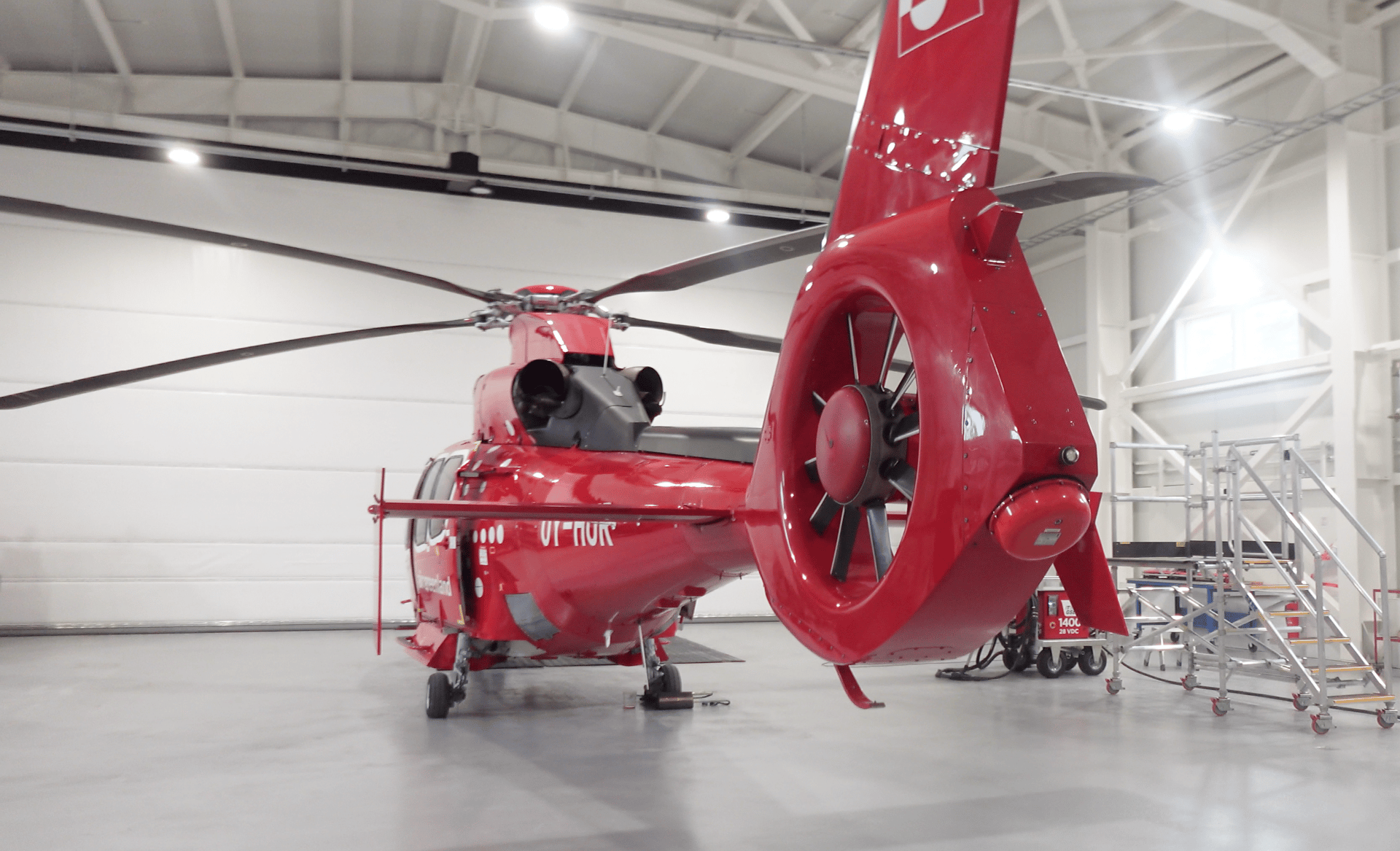
In the REAL environment, as pilots set up their approach or depart or in flight, they make decisions in relation to the surfaces, winds, and light conditions available to them from the whole surroundings suspended in the air. It was from being in the real 3-dimensional space flying with them to then being in and observing the SIMULATED environment in the simulators in Nuuk and Arlanda (Stockholm) at the CAE training center that I pondered the question of the ‘transfer effect’ of simulator training into the real flight environment.
As noted above, weather technology has advanced, and so has visual scene technology with virtual reality goggles and full motion simulators. In this sense, I take into account the machine/helicopter/simulator and the affordances in the mediating effect between the pilot's eyes and the machine when they fly preoccupied with their center vision, wondering how the eye makes references to the side of the machine when enclosed in the boxed simulator and how they sense their peripheral. This brings up the question of the 'transfer effect' from simulator training to the real environment. Pilots often say, “It’s in the feeling.” My attempt under the section SIMULATED environment is to build on the word ‘feeling’ when they talk about their experiences in the simulator and what could be part of the ‘transfer effect.’ Certain aspects of aviation are more apt in describing the experience. Asking what is transferable from the training in SIMULATED environments into what pilots bring to the REAL environment ultimately goes both ways. Not by any means is this a fully developed argument. It is a slight detour from the core of the research. At the same time, it adds weight for further discussion.
About pilotgreenland.
pilotgreenland. is a platform for the research:
An Anthropology of Human Factors in Aviation: Preparedness and Perceptions in the REAL environment of Greenland and the SIMULATED environment
The contribution is a better understanding of preparedness in a hostile environment, weather situational awareness (WSA), and Greenland's constant shifts with nature.
Each Chapter engages how pilots fly weather.
This multimedia platform envisions the research merging the helicopter, pilot, and flight environment interactively on a map under the section Pilot - Machine - Environment.
My hope is that by seeing the real flight environment, watching clips from SIM training, plus pilot experiences on this platform, the emphasis is on the relations between the pilot, helicopter, and environment. In the REAL environment, pilots fly through the medium of weather. It is from the point of view of the GoPro mounted on the helmet thatwe see their flight environment mediated by the GoPro. It captures a helmet's field of view.


The image above is taken from the nose of the Bell 212 helicopter from Air Greenland's fleet. The B212 was heard up and down the coast between 1980 - 2022. The reproduction done by Claus Motzfeldt comes from an original drawing dating many, many, many years ago, known as HOBO. A helicopter head on with a polar bear - undeniably Greenland.
Below is a Contact Form. Feel free to Get in touch.
The author, Pamela, can also be reached via email at pamela@pilotgreenland.com
Get in touch